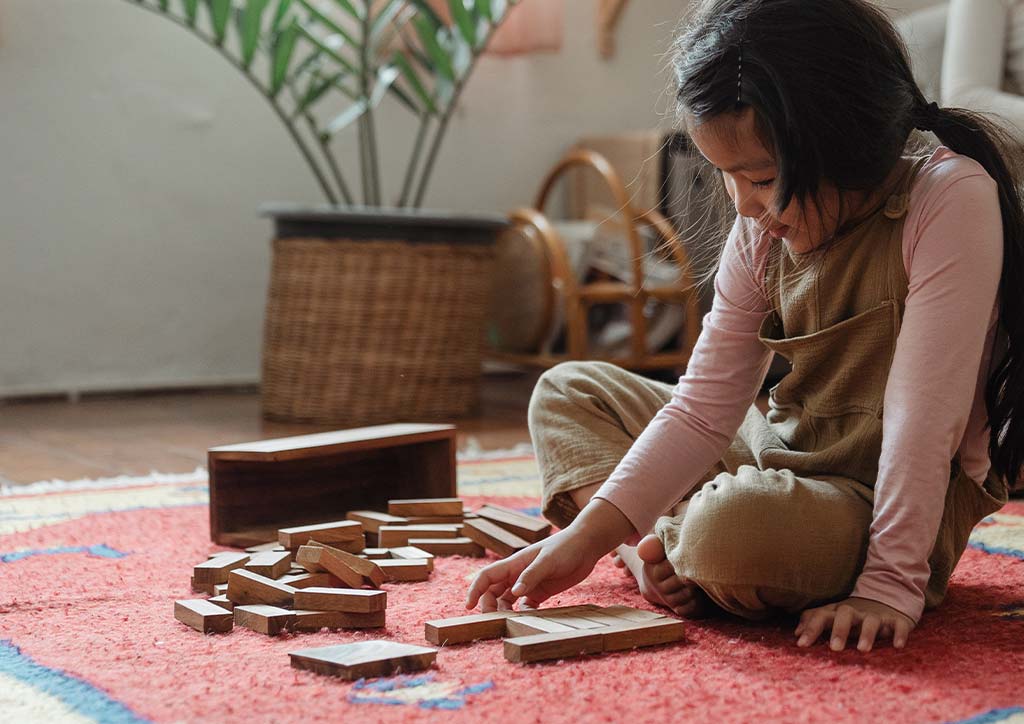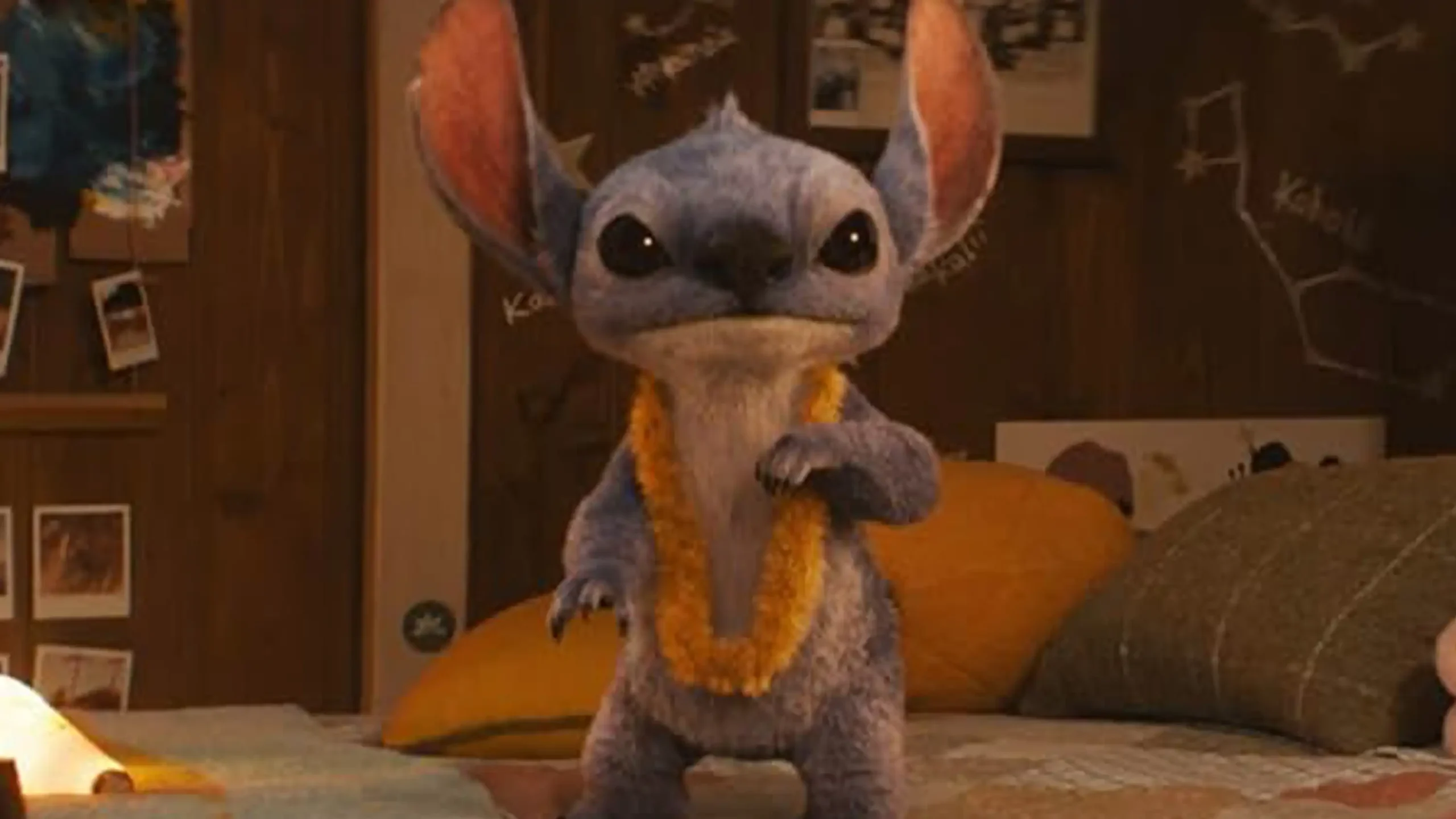These Are Why Filipino is Hard for Kids and Parents
We always complain about teaching and learning Filipino in school because it’s so hard. But what makes it difficult?
Some homeschool providers (especially if they’re international) don’t really offer Filipino. But it’s a requirement from the DepEd and teaching and learning Filipino can be hard for both us and our kids. Especially during Buwan ng Wika, we sometimes ignore the importance of the celebration and just go for it for the food. So, how can we make it easier for our kids and us to learn? First, we have to figure out why Filipino is hard to begin with.
1. Conjugating Filipino verbs is hard

Unlike English, Filipino verbs operate under a different set of rules. English has verbs just adding -ed, -s, -ing, or just outright changing the spelling whereas Filipino verbs have in, um, mag, nag, and all sorts of other things with another set of rules even in positioning. But what we can do to make it easier is starting out with simple sentences. Keep each other accountable when using Tagalog by correcting statements when needed.
2. Not many people to practice with

For us who grew up in pure English households or with relatives or parents who came from the US, we know that Tagalog isn’t their strong suit either. Especially when countries outside or other people often use English, we rarely have the chance to practice Tagalog unless it’s what we really grew up with. Some of us even only use Tagalog to speak to the household help. But they’re the best people to practice with and it’ll make their day a little brighter too during this pandemic.
3. The Filipino Language itself has a stigma

While some of us are highly comfortable in using Filipino, a lot of companies and some others are not. Some people think that Filipino is the language of only those who come from more humble beginnings. But the truth is, there are some countries that appreciate Filipino like Indonesia who find our accents quite sexy and they can understand a bit of our language due to Bahasa being a little similar. So whenever we think Filipino sounds like an ugly language, think about the other countries that do find our language sexy. That will definitely give you a push especially if you’re planning to go to Bali.
4. Very little direct translation from Filipino to English

What many bilingual people find hard about Filipino is that some words in Tagalog don’t have a direct translation to English and vice versa. When we think, we often think in our mother tongue or the language we grew up in. And when we try to speak Tagalog when we’ve grown up in English, we are not only composing our thoughts but we’re translating them at the same time. Unfortunately, the best way to get over it is to practice speaking, writing, and reading in Tagalog to break that delay when thinking.
5. Not many shows to learn Tagalog from

If there are any shows, the plots may sometimes be overrated or just plain overused that it just kills our motivation to even watch it. Plus, we want our kids to learn more than just Tagalog when they watch Tagalog-dubbed shows. Although Hero TV once did it, they don’t really air anymore and the next best one is Trese which might be too scary for younger kids. But there are some Filipino-dubbed YouTube videos your kids can learn from even from Filipino YouTube game streamers.
Although Filipino is hard, it just takes a little more effort
Especially for some of us who grew up in an English-speaking household, learning Filipino with its various grammatical rules can be a little daunting especially during this Buwan ng Wika. But no need to worry, it takes a little time and practice and with the pandemic, we have all the time in the world. Besides, it can also be a learning experience especially when we find apps and YouTube videos to teach us Filipino.
Still trying to love Filipino? Here are some stories that can ease the process:
5 Filipino Youtube Channels Your Kids will Love
Express your Love for Filipino Culture Through This Campaign
Her Ode to the Filipino People: Solenn Heussaff-Bolzico’s Kundiman









